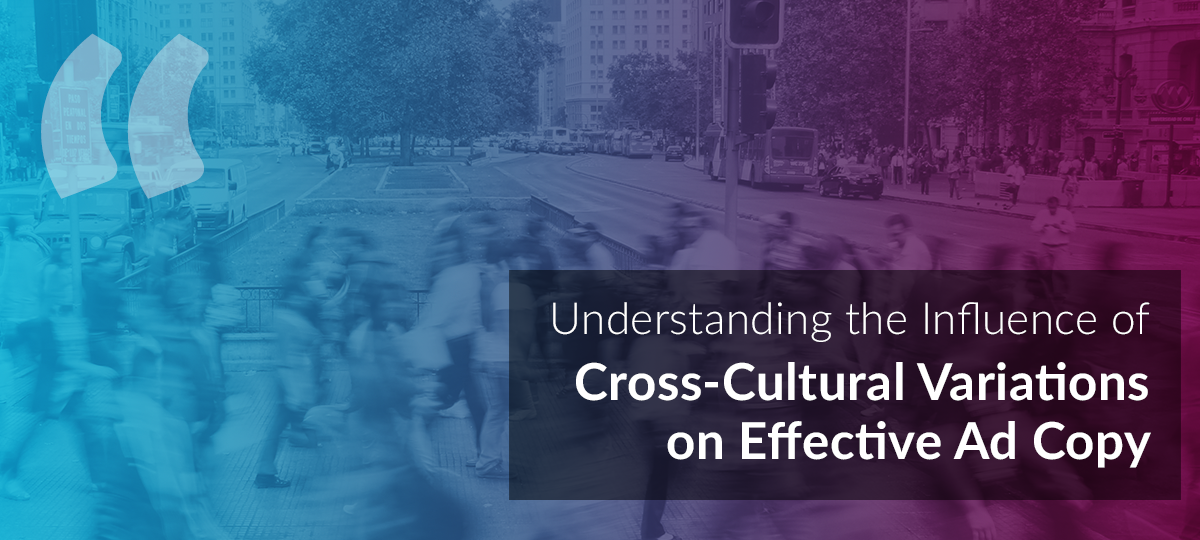
Globalisation has done wonders for many businesses. The development of global technology and delivery solutions has resulted in many businesses being able to open their doors to a much wider range of consumers. And consumers have access to a much wider range of products and services . Lead times on global shipping and air-freight continue to decrease as new distribution channels are optimised around the world. If I order something from America to the UK, I can typically expect it to arrive within a week or two.
When using Ad Management software such as Google Ads or Microsoft Advertising, selecting global audiences is an easy step built into campaign creation. For Google Ads, the steps of exactly how to target foreign audiences can be found here.
Finding success through Google Ads in foreign locations is dependent on a number of factors. Sometimes, merely sticking your ad copy and keywords into Google Translate isn’t enough to replicate results in foreign markets. Even in other countries that speak the same language as you, you may find your ad success vary. If this is the case, don’t worry! Using this simple tool can help shed some light on why your ad copy isn’t as effective in other countries.
The further you spread from your hometown or country, the more differences you might see in peoples’ behaviours, cultures, wants, needs, art, music, work habits – the list goes on. Therefore, your ad copy should be reflective of the cultures and behaviours of your target audience, not on your own. In 1984, Geert Hofstede wrote a paper about cultural differences in other countries. Later, this has been developed into a handy online tool for analysing the differences between cultures. He categorised 6 dimensions of culture:
– Power Distance (the extent to which the less powerful members of institutions and organisations within a country expect and accept that power is distributed unequally)
– Individualism (the degree of interdependence a society maintains among its members)
– Masculinity (The fundamental issue here is what motivates people, wanting to be the best (Masculine) or liking what you do (Feminine))
– Uncertainty Avoidance (the way that a society deals with the fact that the future can never be known)
– Long Term Orientation (the degree to which society maintains the past and tradition, or looks to evolve to present challenges)
– Indulgence (the extent to which people try to control their desires and impulses, based on the way they were raised)
By understanding what impact these metrics have on a culture, we can start to apply them to our foreign ad campaigns. Let’s take a look at the differences between the United Kingdom, and the United States.
On the whole, the two look very similar across the 6 metrics. This is expected, as the United States and the UK share a lot of western culture influences, music tastes, films, and strong political connections.
But understanding the differences where they are present could mean the difference between a conversion or not. If you’re providing a service for example, we can have a look and see that the United States scores lower on long term orientation. This indicates that the USA has more of a focus on short-term results, more frequent performance reviews and this also drives individuals to strive for quick results within the workplace. You may therefore wish to update your ad copy to focus on these insights – What are the instant benefits of your product, what the value of return is, and how it makes them come out on top of the competition.
Let’s take a look at another – Germany.
Whilst the obvious difference here between the UK and Germany would be in language, translating ad copy should also reflect culture differences, not just language.
If we again look at the long term orientation score, we can see a stark difference between what the US scored and what Germany scored. Utilising the same ad copy in Germany as proposed in America, we would expect to see less success in Germany. This is because German culture is oriented around the success of the future. Therefore, Ad copy suggesting long term success, organic growth and consistency of results from a product or service would probably be seen as more attractive, trustworthy and better value than what may be interpreted as flash-in-the-pan short term success.
When looking at the uncertainty avoidance metric, we can see that Germany has a much higher score than the UK. As a culture, this means that the UK on the whole is much happier to wake up not knowing the specifics of what the day has to offer, happy to be more adaptive as new information is presented, and in work terms are happier to accept loosely detailed plans and information. Germany, however, prefers to be more detailed and insightful – be it in thinking, presenting or planning: the systematic overview has to be given in more detail. What does that mean for a business advertising through google ads into Germany? Ad copy should be more descriptive, outcomes of using a product or service should be clearly listed and prices transparent.
Even marginal changes in ad copy may greatly influence the success of campaigns targeting the world stage, or influence consumer perceptions of your products or services. By leveraging the differences within cultures, you may just push yourself ahead of your competition.
Varn is an expert specialist SEO search marketing agency. Technical SEO * AI & Innovation; Data Analytics * Offpage SEO
You need to load content from reCAPTCHA to submit the form. Please note that doing so will share data with third-party providers.
More Information